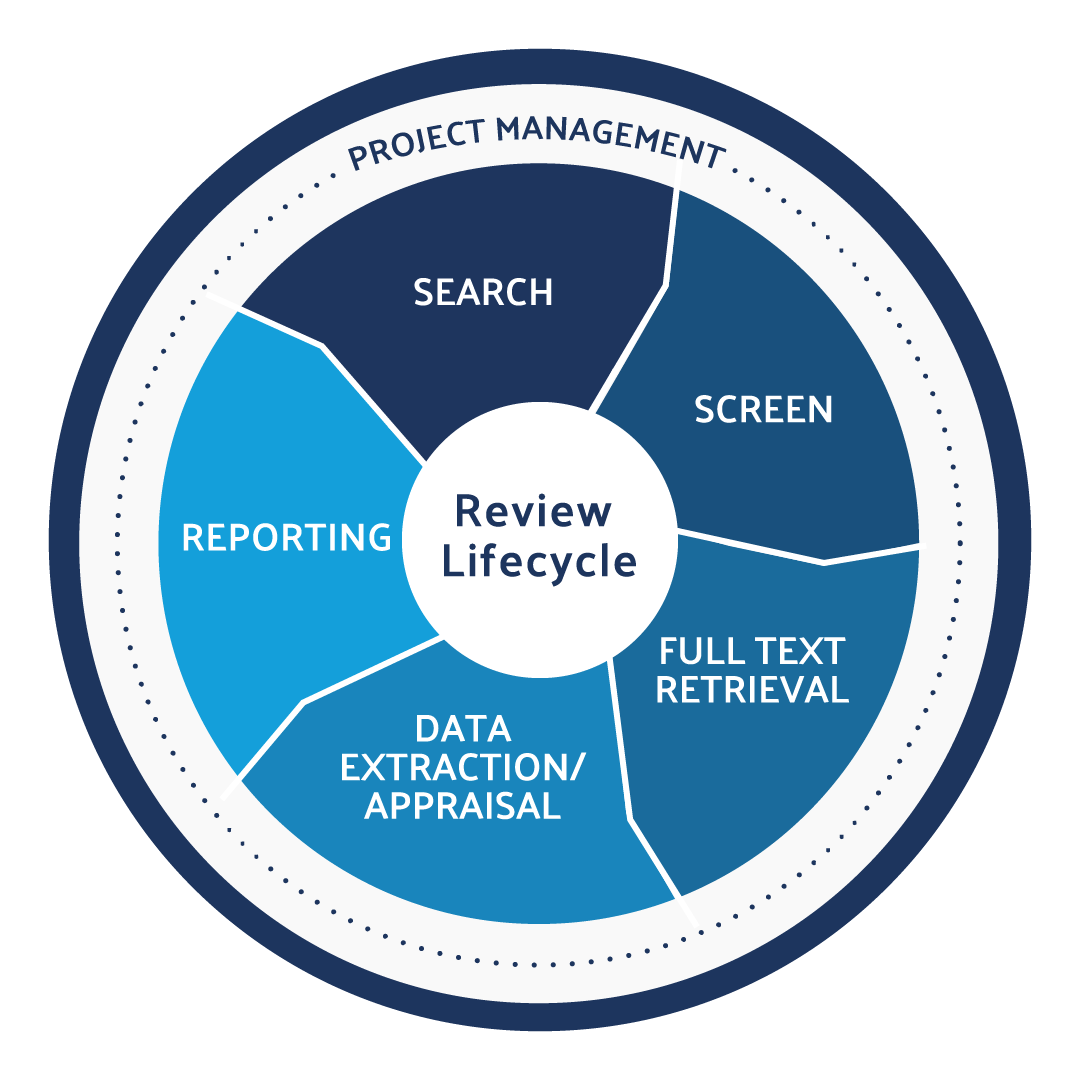EU MDR Requirements


Use DistillerSR to produce CER and PER literature reviews in an efficient, audit-ready, and compliant way.
When it comes to medical devices, the European market is one of the largest consumers. With this in mind, any medical device manufacturer must adhere to strict EU MDR requirements. As part of this process, extensive testing must be done in clinical environments.
One of the most important parts of adhering to European Union Medical Device Regulations (EU MDR) is the writing of Clinical Evaluation Reports (CER). Whenever a product requires new or more in depth analysis, a clinical investigation is required. In this article, we will explore both clinical evaluations, as well as clinical investigations, to examine how both of these fit into the new EU MDR requirements that took effect in May 2021.
What Is a Clinical Evaluation?
Clinical evaluations are the most important part of writing a CER. The EU MDR legislation lists a clinical evaluation as follows: “A systematic and planned process to continuously generate, collect, analyze, and assess the clinical data pertaining to a device to verify the safety and performance, including clinical benefits of the device when used as intended by the manufacturer.”
For any manufacturer of a medical device, it is necessary to adhere to EU MDR regulations by explaining and substantiating any relevant clinical evidence that relates to the device. That is to say: they need to prove the device is functional and explain how and why it works. Additionally, the device needs to meet performance standards and efficacy during clinical studies, and manufacturers must also ensure that it is compliant with all safety guidelines as per EU MDR.
Previously, under the now-repealed EU Medical Device Directive (MDD), clinical evaluations were only required before a product was released on the market. Under the EU MDR (which replaced the MDD after its repeal), it is now necessary to test a product not only before its release but also after it is on the market. Clinical evaluations are an ongoing and continuous process, and the follow-up process is known as Post Market Clinical Follow Up (PMCF). Manufacturers must make every effort to gather clinical data on the use of the device on the market, and this ongoing process should be done to validate the performance and safety of the device while identifying potential present or emerging risks due to the clinical data collected.
When Is a Clinical Investigation Required?
For many low- and medium-risk devices released onto the market, a clinical investigation will not be required. Typically clinical investigations are necessary when the notifying body examining the clinical evaluation report has decided there is insufficient evidence of efficacy or safety in the studies provided as part of the CER. When this occurs, a clinical investigation may be done to further research the device and perform additional studies to ensure it meets EU MDR standards.
Furthermore, clinical investigations may be required wherever an existing device currently on the market needs to be examined for one of the following reasons:
- Features or materials have changed
- Recently discovered changes in the market may make the device less safe than newer alternatives
- There are newly recommended indications of use for the device or wherever the device can be used on a new type of patient; for example, the use is extended to infants or the elderly
- The recommended duration of treatment has increased or the number of recommended re-applications has expanded
Learn More About DistillerSR
(Article continues below)
High-Risk Devices Requiring Clinical Investigations
For high-risk devices where the chances of injury or damage are significant, a clinical investigation is almost certainly required. This is to ensure that additional evidence is provided to the notifying body that proves not only the efficacy, but also the safety of the device before it can be released on the market. Devices may be considered high-risk for many reasons, such as:
- When taking a previously inert device and adding medicinal substances, such as an IUD (intrauterine device), containing hormones
- The potential for direct or indirect serious risks is evident
- Invasive devices have been inserted into the body and remain there or may enter the body during treatment, or if any device comes in contact with mucous membranes will also require a clinical investigation
In Summary
The application process for EU MDR is extensive and requires evaluating all aspects of the medical device. It may also require studies of other similar devices and their efficacy to be examined as part of the clinical evaluation report submitted to the notifying body. Such research can be time consuming, so software such as DistillerSR can be an excellent tool to assist researchers by simplifying and accelerating the process of literature review so that the evaluations can be completed as quickly and efficiently as possible.








